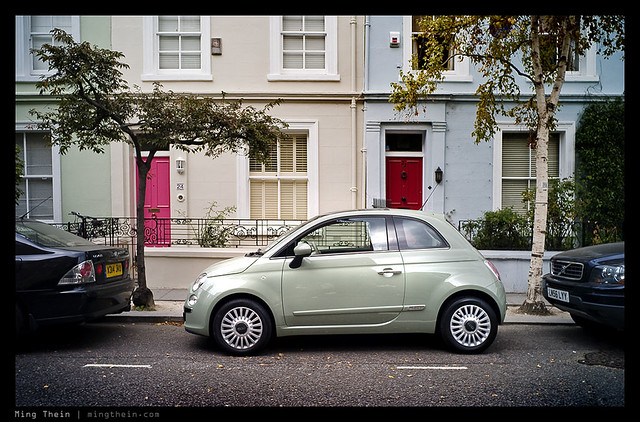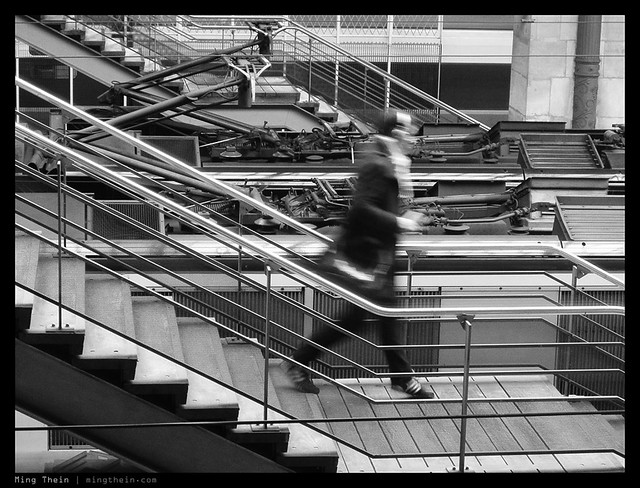
Three controls. Take control of the two that normally get delegated.
Following on from yesterday’s less is more article, I wanted to spend a bit more time about the implications of cutting your dependence on electronic nannies and going all manual – for both metering and focus. It’s actually nowhere near as intimidating as it sounds, and you’ll find that after getting over the initial hump, your photography will be both significantly more satisfying as well as compositionally stronger. You’ll get younger and lose weight, too*.
*Not guaranteed; results may vary from person to person. And you’ll have to walk a lot with heavy cameras to lose a significant amount of weight…

















